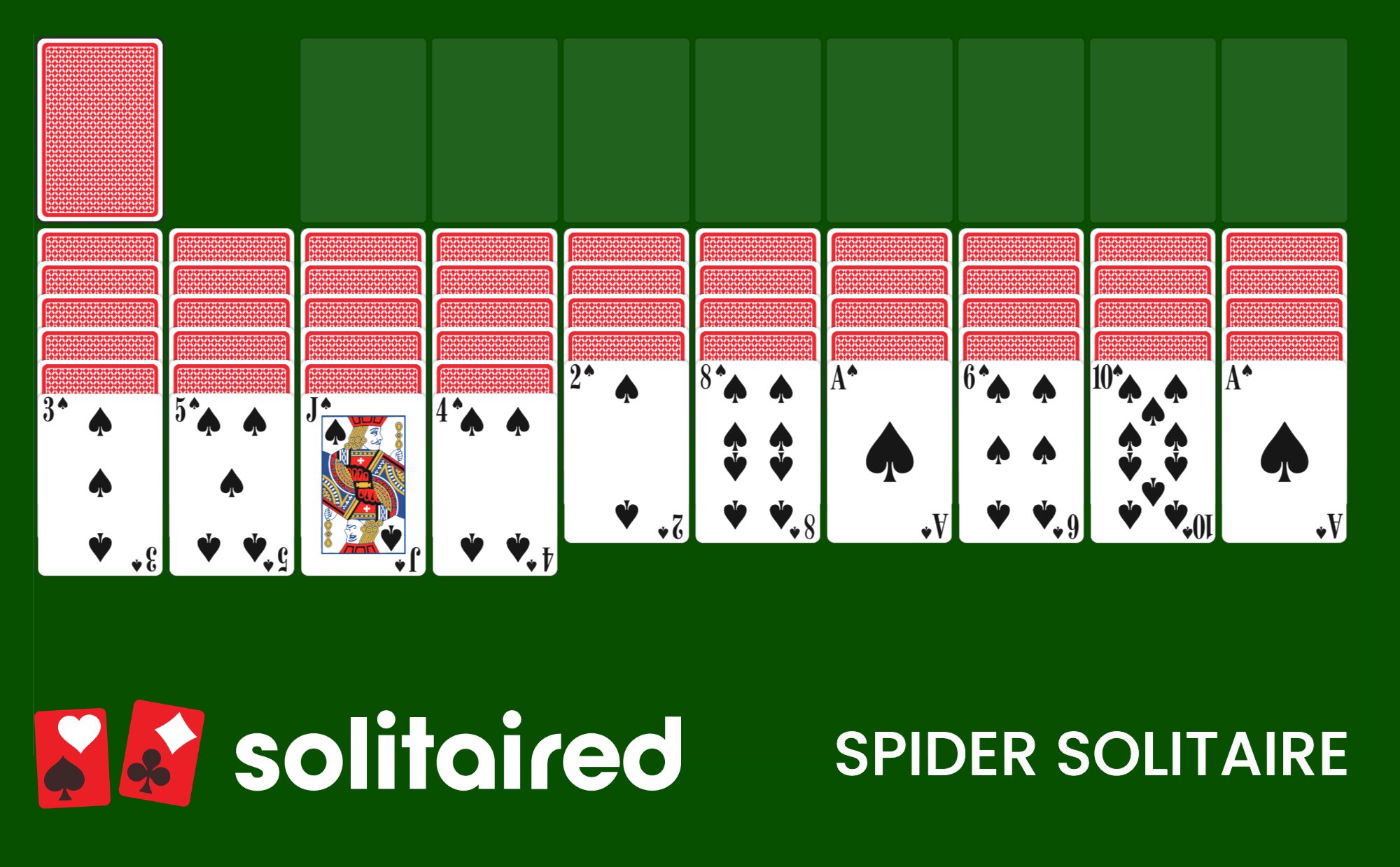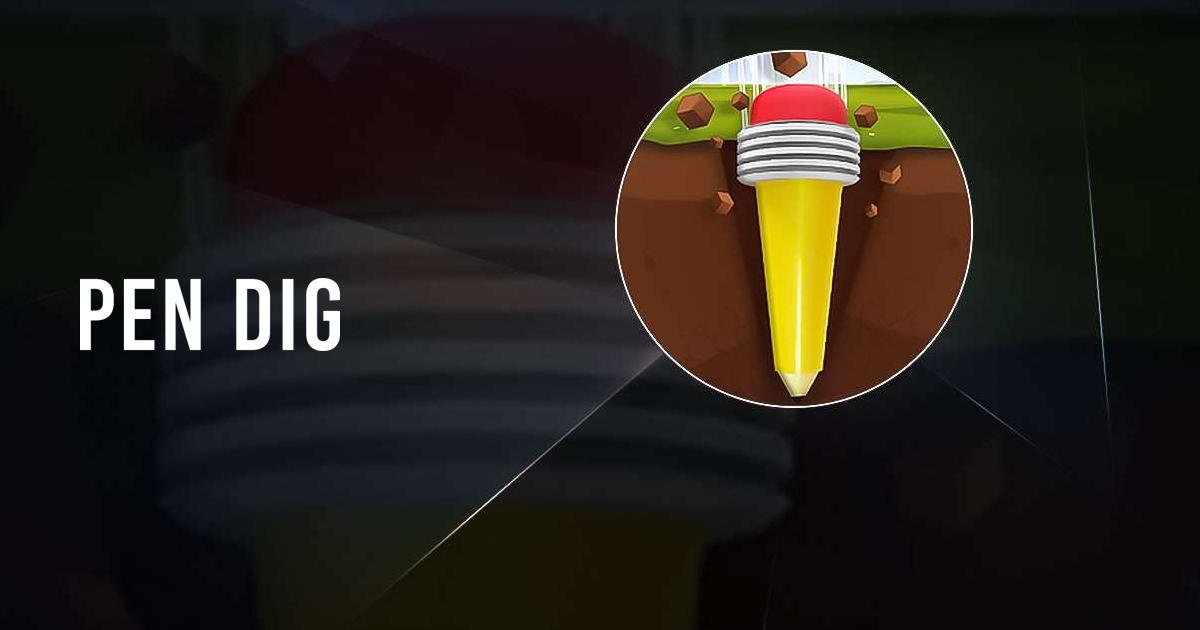Spider Solitaire is one of the most popular card games worldwide, loved for its strategic depth and challenging gameplay. Unlike traditional solitaire games, Spider Solitaire offers a more intricate experience by requiring players to use logic and problem-solving skills to stack cards in a specific order. Whether you are a seasoned player or new to the game, this guide will provide an in-depth overview of Spider Solitaire, including its rules, strategies, and tips for improving your game.
What is Spider Solitaire?
Spider Solitaire is a single-player card game that requires players to build complete suits in descending order. The game uses two decks of cards, for a total of 104 cards, and the objective is to arrange these cards into 13 complete sequences, from King to Ace, of the same suit. It is known for being more complex than other solitaire variants, such as Klondike Solitaire, due to the number of cards involved and the various strategies required.
The Objective of the Game
The main goal of Spider Solitaire is to create complete sequences of cards in descending order, from King to Ace, within the same suit. Once a complete sequence is formed, it is removed from the tableau. The game continues until all 104 cards are stacked into 13 descending suits, and the player has no more moves left.
The Setup
In Spider Solitaire, the game is played with two standard decks of 52 cards. This results in a total of 104 cards that are dealt face-up into ten tableau piles. The game is set up as follows:
- Tableau: The tableau consists of ten piles of cards, where the first four piles each contain six cards, and the remaining six piles contain five cards each.
- Stock Pile: There is a stock pile that players can use to add cards to the tableau if needed.
- Foundation: As players complete sequences of cards in descending order, they will move these to the foundation, ultimately clearing the board.
Spider Solitaire Rules
Basic Card Movement
Spider Solitaire has a set of rules governing the movement of cards:
- Sequencing: A player can move a card or a stack of cards that are in a descending sequence (e.g., King, Queen, Jack, 10) as long as they are of the same suit.
- Empty Tableau Piles: If a tableau pile becomes empty, the player can place any card from the stock pile into the empty space.
- Revealing Cards: Cards that are facedown in the tableau can be turned over and revealed when no other cards are blocking them.
Stock Pile
The stock pile in Spider Solitaire is an important feature of the game. When no more moves can be made within the tableau, players can draw from the stock pile. The stock pile provides 50 additional cards to be used in the game, which helps players continue progressing towards the goal of arranging all the cards into descending suits.
Spider Solitaire Strategies and Tips
While Spider Solitaire might seem daunting at first, there are several strategies that can help you improve your chances of winning. These tips focus on efficient gameplay and enhancing your ability to think ahead and make the best moves.
1. Uncover Hidden Cards Early
One of the best ways to gain an advantage in Spider Solitaire is to uncover face-down cards early in the game. These cards are critical because they offer additional options for movement and can help you create the necessary sequences to clear the tableau. Always prioritize moves that reveal hidden cards, especially when there are no immediate sequences to create.
2. Work on Building Full Sequences
Instead of making random moves, aim to build full sequences of cards in descending order (King to Ace) whenever possible. This strategy helps you clear the tableau faster and creates more space for uncovering hidden cards. If you focus on one suit at a time, it will become easier to manage the tableau and make more strategic moves.
3. Maintain Multiple Empty Spaces
Empty tableau piles are incredibly valuable in Spider Solitaire. These spaces allow you to move around cards more easily and can also be used to temporarily store cards that are blocking your other moves. As a result, you should try to maintain as many empty spaces as possible, especially when you’re nearing the endgame.
4. Use the Stock Pile Wisely
Although the stock pile can provide a much-needed boost, it’s important not to rely on it too heavily. Drawing cards from the stock pile should only be done when no other moves are available within the tableau. Every time you draw cards, it can potentially introduce new complications, so it’s best to use this resource strategically.
5. Create Long Sequences
When building sequences, focus on creating longer runs of cards, as these will free up more cards in the tableau. A long sequence of cards allows you to move multiple cards at once, which can quickly help you clear sections of the tableau. The more cards you can move at once, the more efficiently you’ll be able to play.
6. Plan Your Moves Ahead of Time
Like many strategy games, Spider Solitaire requires careful planning. Before making any move, take a moment to think ahead. Consider which moves will create the most beneficial outcomes, such as uncovering more cards or forming larger sequences. By thinking several moves ahead, you can avoid making mistakes that could set you back later in the game.
Types of Spider Solitaire
Spider Solitaire is typically played with one of three difficulty levels, depending on the number of suits in play.
1. One-Suit Spider Solitaire
One-Suit Spider Solitaire is the easiest version of the game. All 104 cards are of the same suit, so players only need to arrange them in descending order from King to Ace without worrying about suit color. This version is a good starting point for beginners who want to familiarize themselves with the game mechanics.
2. Two-Suit Spider Solitaire
Two-Suit Spider Solitaire is the standard version of the game, and it’s the most commonly played. It uses two suits, typically Hearts and Spades, making the game slightly more challenging than the one-suit version. Players must arrange cards in alternating suits while still completing sequences in descending order.
3. Four-Suit Spider Solitaire
Four-Suit Spider Solitaire is the most difficult version of the game. This version uses all four suits—Clubs, Diamonds, Hearts, and Spades—and players must arrange the cards in descending order of the same suit. The added complexity makes this version ideal for advanced players who enjoy a greater challenge.
Spider Solitaire in Popular Culture
Spider Solitaire, along with other solitaire variants, has found its place in the world of digital games. It gained widespread popularity after being included as a default game on Windows computers starting with Windows 95. Over the years, many players have enjoyed this simple yet engaging card game, which is available on numerous gaming platforms and online versions.
Additionally, Spider Solitaire’s strategic gameplay and unique mechanics have inspired numerous variations and spin-offs. Online and mobile versions of the game have introduced different themes, challenges, and multiplayer modes, allowing players to compete against each other or share high scores.
Conclusion
Spider Solitaire is a timeless and engaging card game that offers both simplicity and complexity. Whether you’re a casual player or a seasoned strategist, the game offers endless opportunities to test your skills and improve your logical thinking. By mastering the basic rules, understanding advanced strategies, and making smart decisions during gameplay, you can increase your chances of success and enjoy the satisfaction of completing the game. Whether you play the one-suit version for a quick challenge or the four-suit version for a more intense experience, Spider Solitaire is a game that never gets old.


